Mexican Molcajete: Your Ultimate Grinding Companion
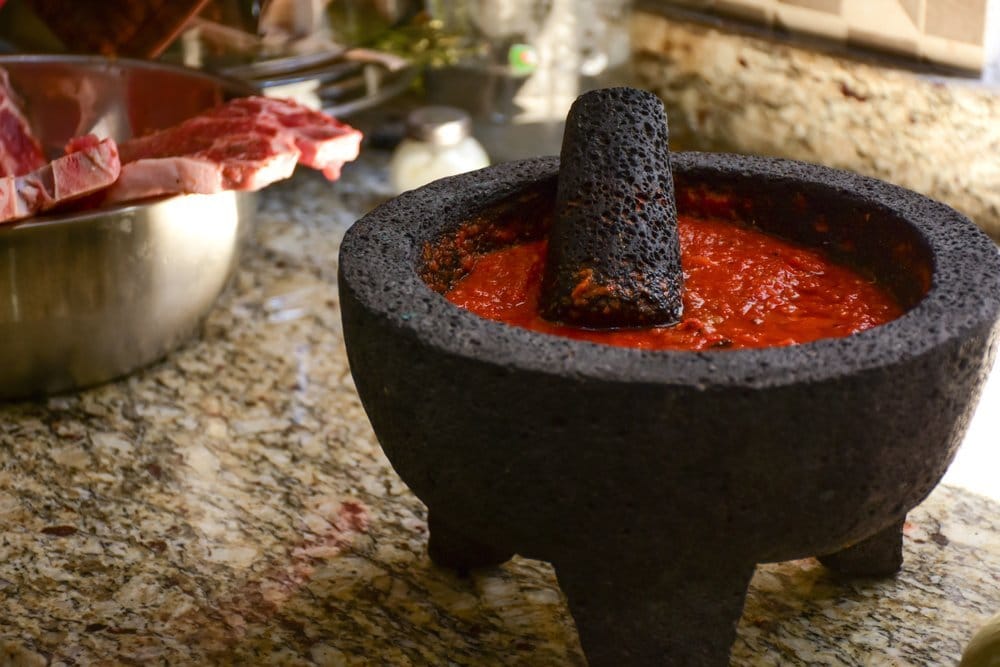
Mexican Molcajete: Your Ultimate Grinding Companion
A Mexican heritage, the molcajete is a basic utensil of local cuisine that has been used since pre-Hispanic times and has given a unique flavor and flair to Mexican gastronomy.
The molcajete is today part of our culture and identity; we could say that it is a basic kitchen utensil in almost every Mexican home.
According to the National Institute of Anthropology and History, the term “molcajete” comes from the Nahuatl words: mollicaxtli and temolcaxitl.
Which means “cajete for the sauce” or “stone cajete for the mol.”
Although the Spanish Dictionary states that it comes from the word mulcazitl, which means “bowl.”
What is the origin of the Molcajete?
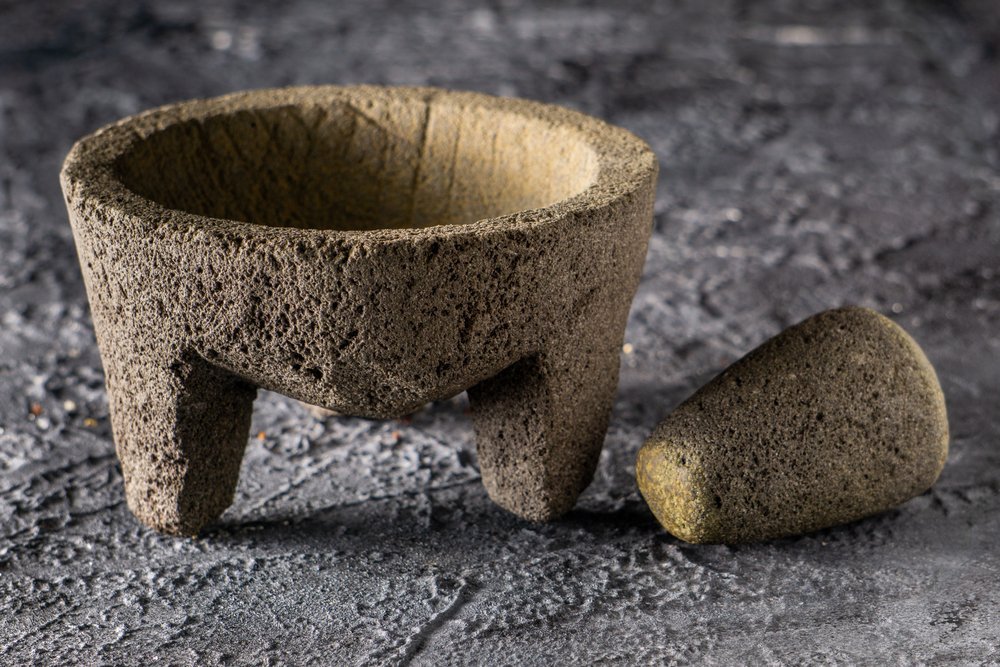
The molcajete is nothing more than a mortar made of stone, mainly volcanic.
It is carved in a concave shape, in which spices, grains, and vegetables are crushed or ground in small quantities.
To date, no blender or food processor achieves the same flavor and consistency as the molcajete, which is why it is highly appreciated.
This type of mortar has been used in food preparation since pre-Hispanic times.
Originally, it was dug in a rock as a hollow to grind corn and other nuts.
With the tejolote or molcajete stone, chili peppers, salt, garlic, and tomatoes are crushed.
Archaeologists affirm that the first tool used was the metate with a similar purpose, but it evolved into this mortar with time.
The molcajete has existed for a thousand years, and its appearance has not changed since then.
Mexican Molcajete: An iconic handicraft
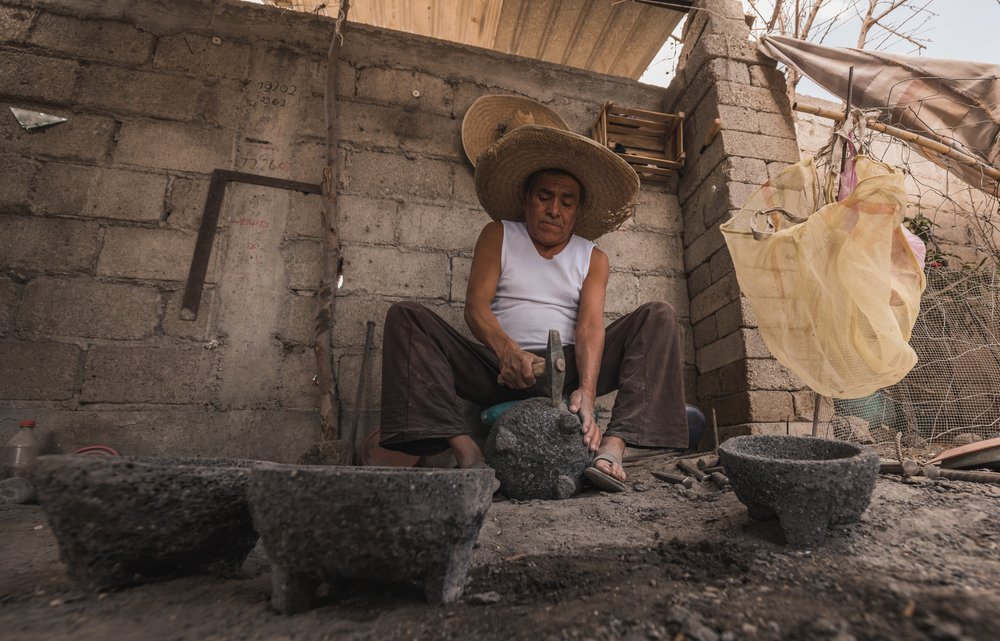
More than just a simple grinding tool, the molcajete has given a unique touch to Mexican food.
To make a molcajete, the artisan rounds the volcanic stone with love and tenacity.
Towns like San Salvador el Seco and Comonfort in Guanajuato are specialists in elaborating such beautiful kitchen utensil that gives a special flavor to Mexican sauces.
The volcanic stone used to make molcajetes comes mostly from the town of San Lucas Evangelista in Tlajomulco, Jalisco.
Molcajetes are made in Guanajuato, Jalisco, Michoacán, Puebla and the State of Mexico.
After the right size of raw stone has been cut out, the molcajete is worked with a chopper made of wrought iron.
Then the legs are marked with a chisel and hammer, and the surface is hollowed out.
The elaboration of molcajetes is passed from generation to generation.
Even many young people work in mines to obtain the raw material and learn to handle the stone.
Master artisans take five to six hours to finish the work, while apprentices can take one to two days.
How to “cure” a new molcajete bowl
If you have already decided to buy your first volcanic stone molcajete, you must take certain actions before using it.
Since the molcajete is made of stone, you cannot use it without having cleaned it very well because it tends to release the remains of the material with which it is made.
Take a big handful of raw rice and start grinding it with the help of the tejolote.
The goal is that the rice looks fine and comes out clean.
If the rice still has a grayish color, repeat the previous step until is completely white.
Then use a brush to scrub and rinse with plenty of water. You can also cure it with broken corn, and sea salt.
Once the molcajete is dry, it is ready to make a sauce, grind corn, chocolate, or piloncillo, make moles, or serve and present meats and seafood.
Molcajetes are often inherited and passed from hand to hand in Mexican families. They are a long-standing tradition.
The molcajetes of San Nicolás Obispo, Michoacán
San Nicolás Obispo is a town in Michoacán located only 9 kilometers from Morelia.
One of the main attractions of this destination is “the lapidary,” a craft technique that gave origin to the stone metates and molcajetes.
It is worth mentioning that this technique has been inherited for hundreds of generations.
Even now, more than 60 local families depend on the production and trade of this traditional Mexican cooking utensil.
Comonfort Guanajuato: Cradle of Molcajetes
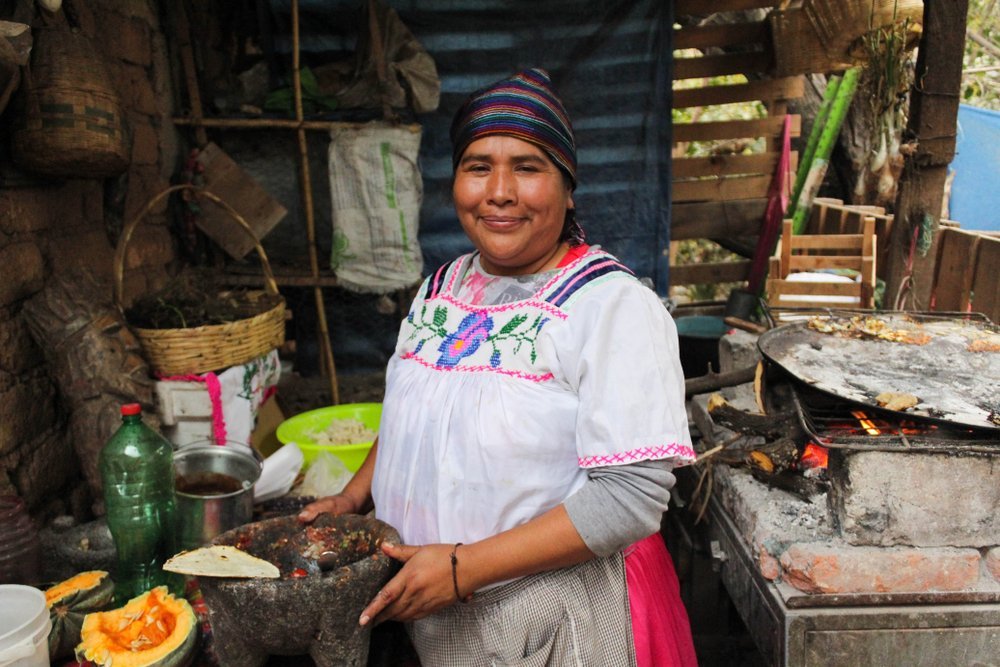
Another of the cradles of the molcajete is Comonfort Guanajuato, recognized as a Magical Town in recent years.
Here it is possible to discover step by step the arduous work involved in the creation of these instruments.
From the extraction of the volcanic stone to the last blows necessary to bring them to life.
Although Mexican traditions must face the competition of modern utensils, the molcajete has survived thanks to the artisans who put all their effort into each piece.
Proof of this is the monumental molcajete that the artisan Juan Manuel Quintero made in late 2020 with the help of the municipal government.
It measures 1.50 meters wide by 1.20 meters high, weighs about 2 tons, and remains on display in the main square.
Molcajete recipes: Let’s put it to work!
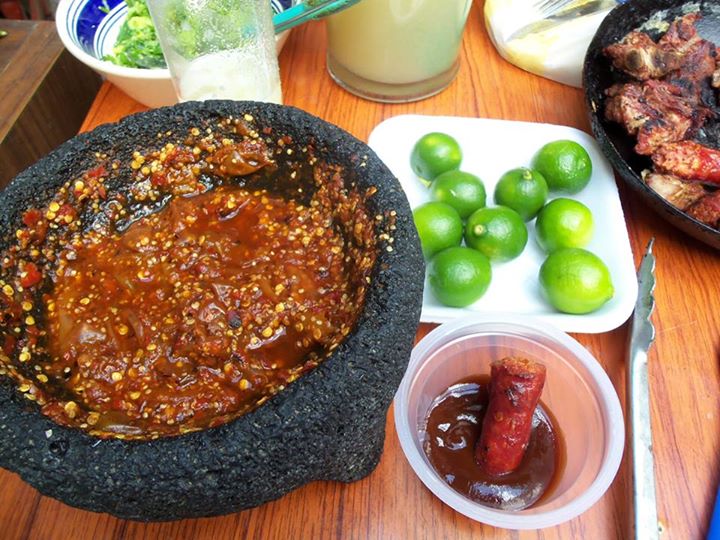
In the following recipes, you will realize that the molcajete is more than just a cooking tool.
If you are going to make a sauce, let it rest in the molcajete.
Not only will it preserve its flavor better, but it will also give it a traditional touch when you present it to your guests.
You can also use it to serve your snacks: For example, you can make guacamole in it!
Then serve it with pieces of chicharrón (pork rinds) or tortilla chips for others to enjoy.
And if you want to show off in a big way, make a combination of meats and other appetizers for your guests to prepare delicious tacos.
Recipe # 1: Roasted red salsa
INGREDIENTS
- 4 tomatoes
- 3 serrano chiles (some like chiltepin peppers instead)
- 1 garlic clove
- 1/2 tbsp. of salt
INSTRUCTIONS
- Roast the tomatoes, chiles, and garlic on a comal
- Remove when they are roasted. First, grind the garlic in the molcajete with half a teaspoon of salt, then add the tomato and chiles.
- Serve in the molcajete and accompany with pieces of chicharrón and totopos (corn chips) and put it in the middle of the table
Recipe # 2: Mexican steak molcajete bowl
The king of the party has arrived! Prepare a Mexican meat molcajete, fresh cheese, and nopales (cactus paddles). No one will be able to resist when they see it.
INGREDIENTS
- 1 panela cheese (fresh ranch cheese)
- 700 gms of arrachera (flank steak)
- 12 small nopales (cactus paddles)
- 2 bunches of Cambray onions
- 350 gms red chorizo sausage
- 10 green tomatoes
- ½ onion
- 2 garlic cloves
- 2 serrano chiles
- 1 cup cilantro leaves
- 6 tbsp. vegetable oil
INSTRUCTIONS
Boil the tomatoes with onion, garlic, and serrano chile for 15 minutes. Blend with the cilantro and season to taste.
Grill the nopales, arrachera, panela cheese, onions, and chorizo on a griddle or grill. Serve inside hot molcajetes filled with salsa verde and serve with tortillas.
The steak molcajete is becoming very popular at parties and gatherings because it is a practical and delicious way to cook.
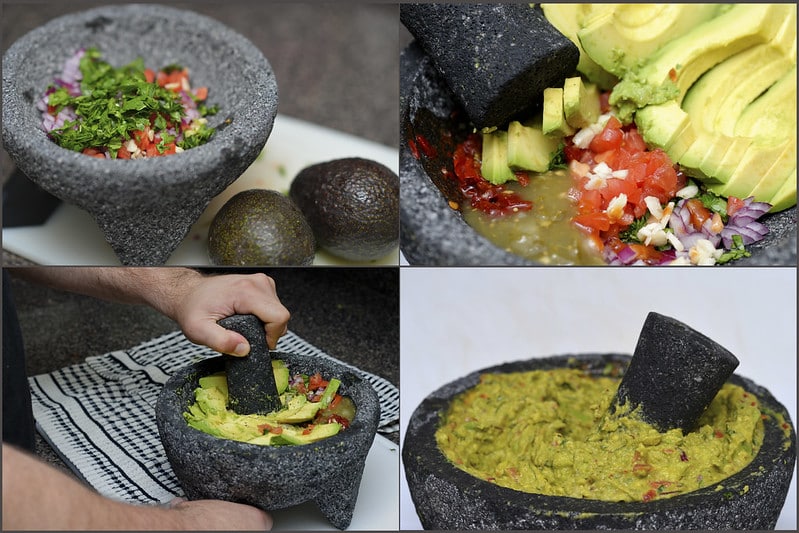
Recipe # 3: A good ol’ Guacamole
INGREDIENTS
- 3 avocados
- 1 onion
- 1 cilantro sprig
- 3 limes (juice)
- Salt to taste
- 1 peeled pomegranate
- 150 gms chicharrón (pork rinds)
- 200 gms panela cheese
- Totopos to accompany
INSTRUCTIONS
- Mash the avocados with a fork
- Finely chop the onion and cilantro
- Mix with the avocado, add the lime juice and salt to taste, and finally, sprinkle the pomegranate
- Serve in the molcajete with pieces of chicharrón, cheese cut into strips, and tortilla chips (optional)
Get your molcajete or borrow it from someone so you can learn how to make this simple and delicious guacamole and share it with your friends.
The secret touch to this particular recipe is the pomegranate. It will become one of your favorite treats.

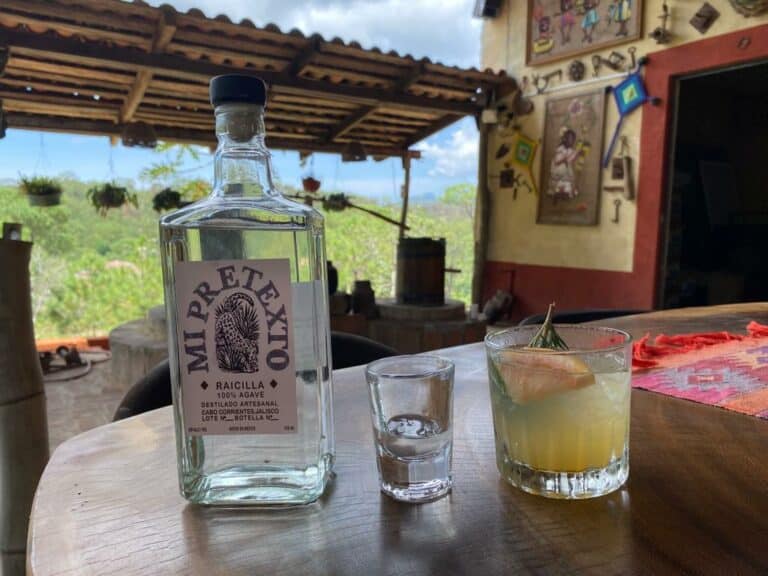
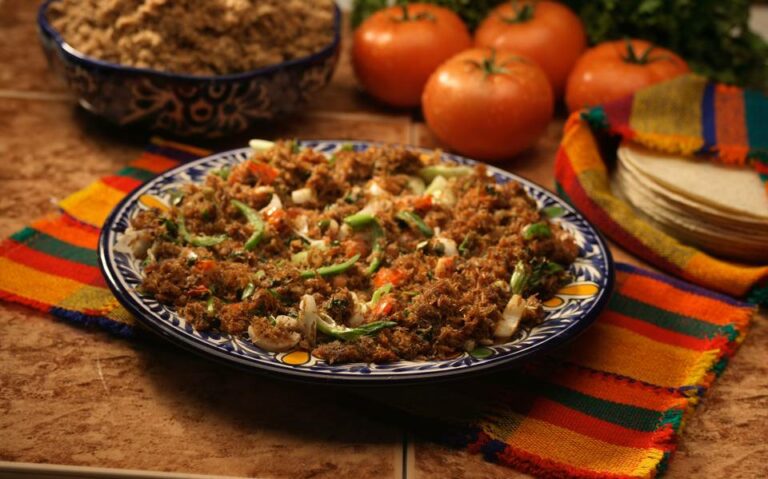
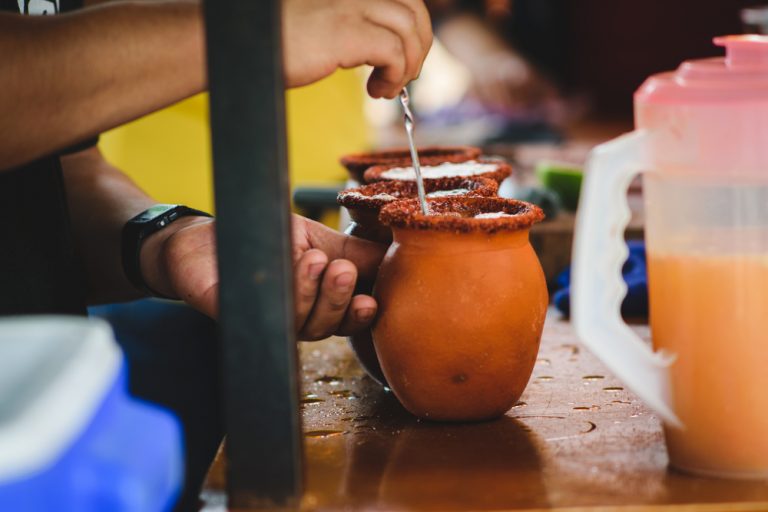
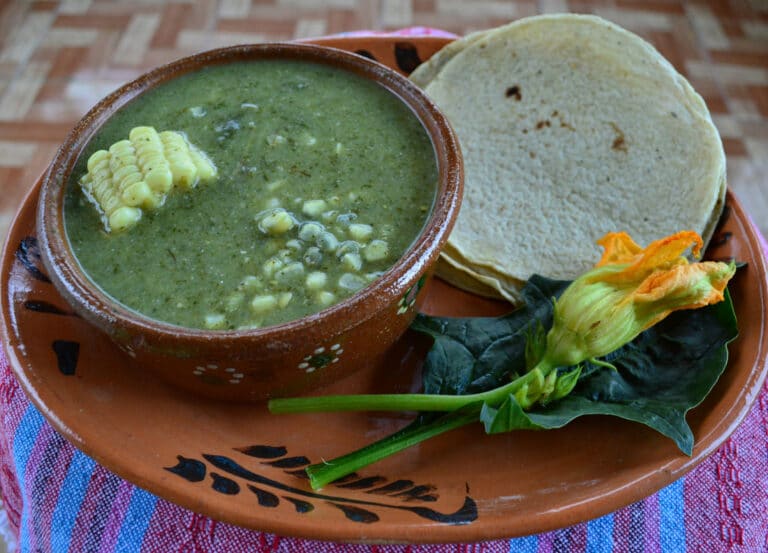
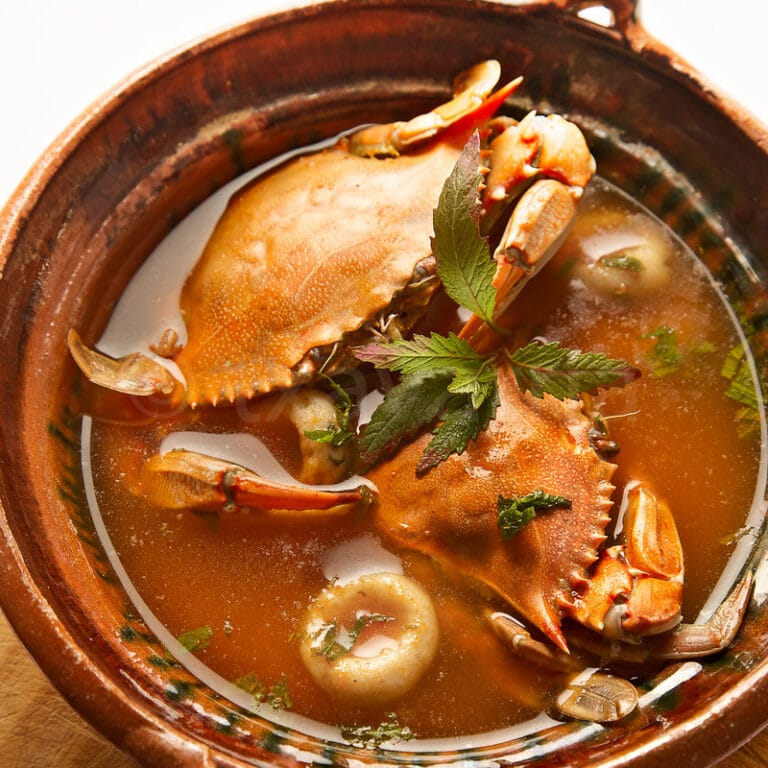
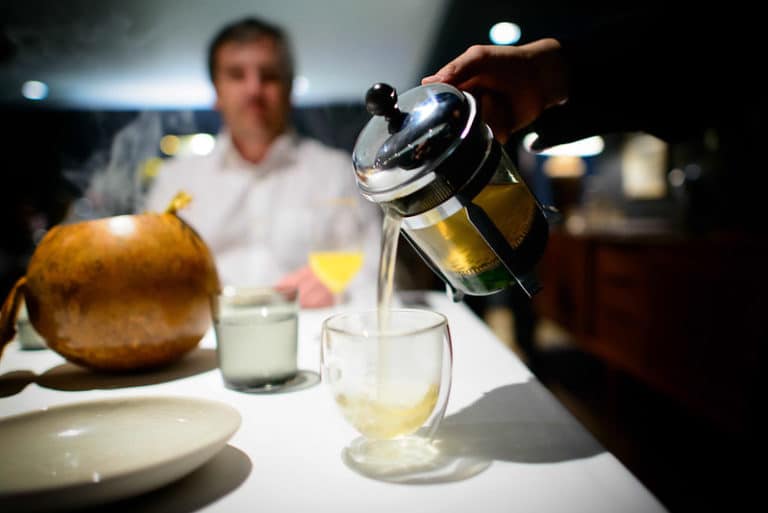
One Comment